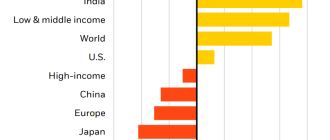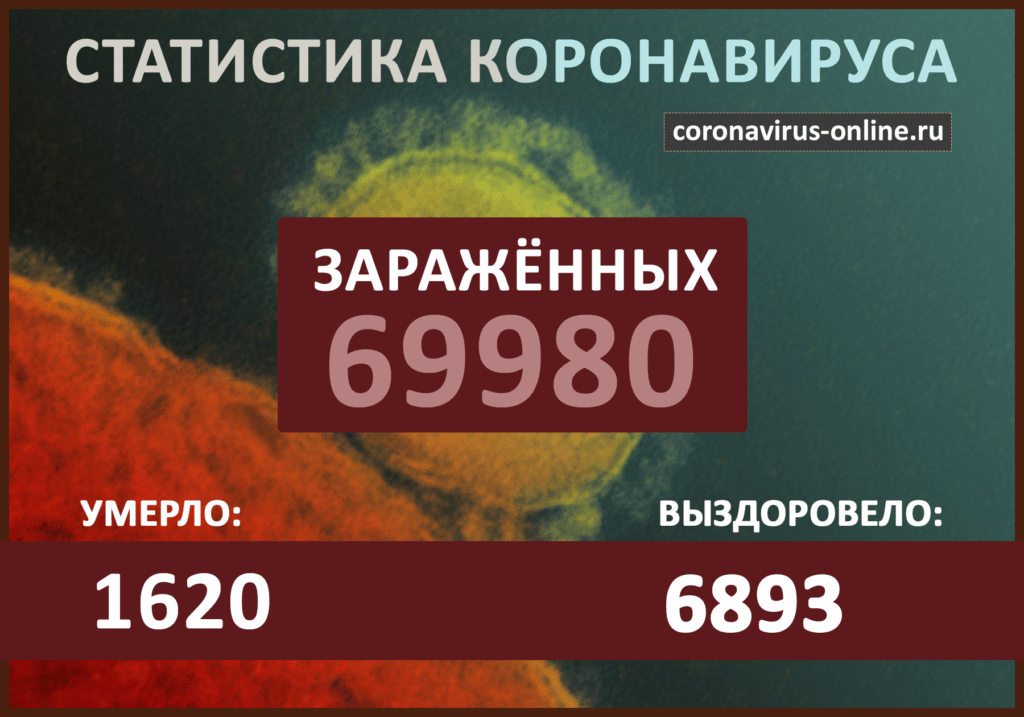Scientists are concerned about the new virus, which has infected tens of thousands of people and killed more than 1,000 people. The virus, which appeared in the Chinese city of Wuhan in December, is a coronavirus and belongs to the same family as the pathogen causing severe acute respiratory syndrome, or SARS. It causes a respiratory disease called COVID-19, which can be transmitted from person to person.
Here is the latest news about coronaviruses:
14 Feb, 14:00 GMT — China saw a surge in the number of infected after changing diagnosis
The sudden surge of new cases of coronavirus in China this week shook the researchers. But the huge increase in the number of is not a sign that the epidemic is compounded, the researchers said, but rather is the result of what authorities are changing the way of confirmation of the cases.
February 12, Hubei province, there were about 15 000 new cases COVID-19 — a disease caused by a coronavirus, which is 33% growth in the total number of infections worldwide in one day. The total number of infections in China currently stands at about 64 000 people, while more than 1,300 people died.
But most of the cases, the Hubei — about 13,000 — are the result of new policies in the province, which means that doctors can diagnose suspicious cases COVID-19 based on images of the chest, instead of having to wait for genetic tests to confirm the presence of the virus, which can take several days.
This method is based on requests from clinicians who are overburdened with patients with respiratory illnesses and don’t have time to wait for the results of laboratory tests, said Wu Csunit, chief epidemiologist of the Chinese center for control and disease prevention, which helped in the development and implementation of a new system of definition of infection. “Clinicians in Hubei made a very strong request to change the criteria because of their heavy workload,” he says. Now they can quickly take care of people and provide them with adequate isolation to protect the other, says Wu. “We need to save lives.”
This policy makes sense from a medical point of view, says Michael Mina, an immunologist and epidemiologist for infectious diseases at the Harvard school of public health. T. Chan, Boston, Massachusetts. “Analysis based on symptomatic assessment and physical examination, is the basis for clinical and clinical sort,” he says.
A new classification has been specified in the updated guidelines for the reporting of disease, released last week, applies only to Hubei, where the spread of the coronavirus, with Wuhan city. Wu said that other provinces are not so overloaded with cases, so you will still need to confirm suspicious cases of genetic tests or laboratory samples of the virus taken from patients.





